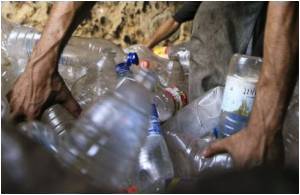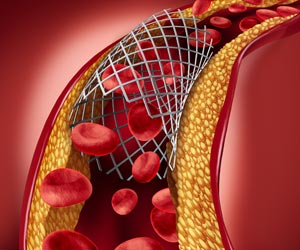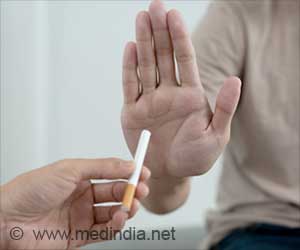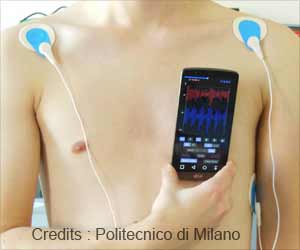A previously unrecognized way that degradation can occur in silicone-urethane plastics that are often considered for use in medical devices was discovered by scientists.
A previously unrecognized way that degradation can occur in silicone-urethane plastics that are often considered for use in medical devices was discovered by scientists. Their study, published in ACS' journal
Macromolecules, could have implications for device manufacturers considering use of these plastics in the design of some implantable devices, including cardiac defibrillation leads.
Kimberly Chaffin, Marc Hillmyer, Frank Bates and colleagues explain that some implanted biomedical devices, such as pacemakers and defibrillators, have parts made of a plastic consisting of polyurethane and silicone. While these materials have been extensively studied for failure due to interaction with oxygen, no published study has looked at interaction with water as a potential failure mechanism in this class of materials. In a cardiac lead application, these materials may be used as a coating on the electrical wires or "leads" that carry electric current from the battery in the device to the heart. Surgeons implant pacemakers in 600,000 people worldwide and defibrillators in 100,000 people in the United States each year. Since these implants must function reliably for years, the scientists wanted to determine whether the plastic material was suitable for long-term implants.
Their laboratory tests, including accelerated aging of the materials under conditions that simulated the inside of the human body, found indications that the material begins to break down within 3-6 years. "By making the conclusions of this novel, scientific research public in a respected peer-reviewed journal, device manufacturers may now consider these important findings in their device designs," says Chaffin, distinguished scientist and lead author of the manuscript.
Source-Eurekalert










